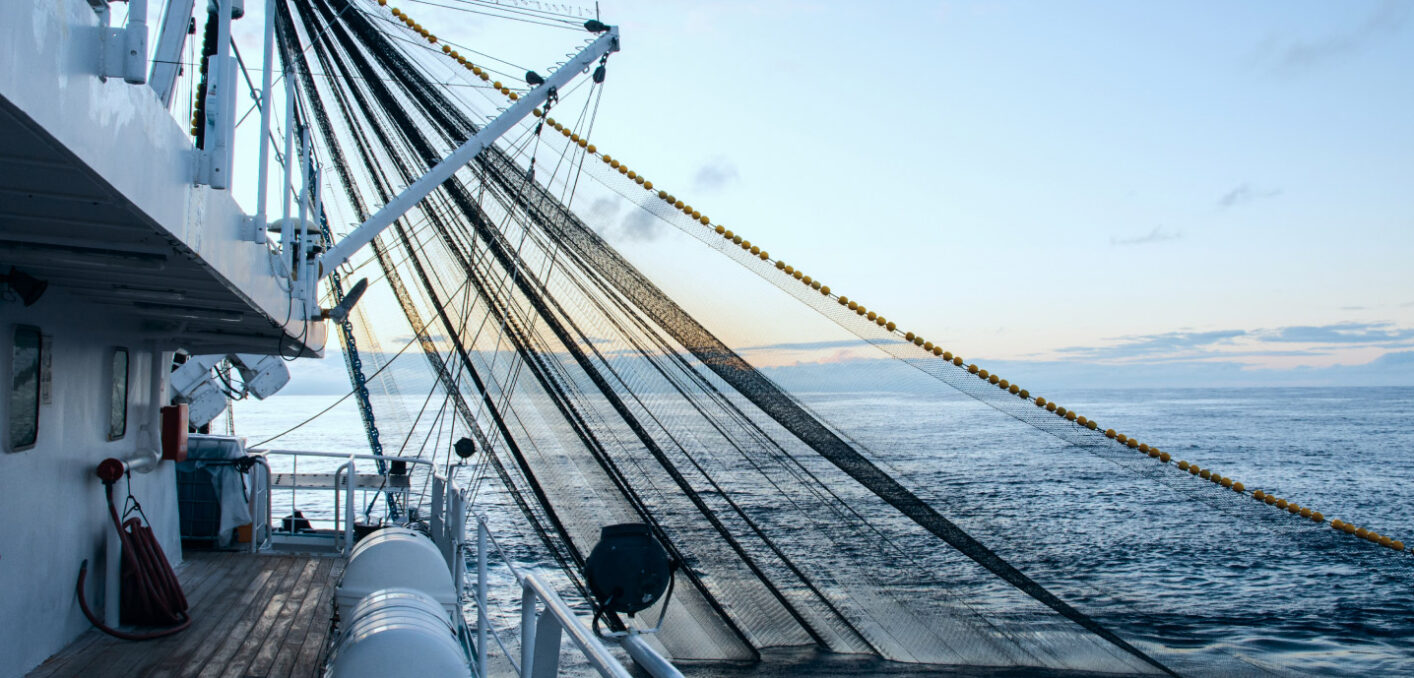
More than just a popular recreational activity, fishing is a critical industry that provides livelihoods for millions of people around the world. However, the negative impacts of traditional fishing practices on marine ecosystems can lead to overfishing and habitat destruction. Therefore, sustainable fishing can be achieved through the use of environmentally friendly fishing nets. In this article, we will explore various types of fishing nets and promising sustainable alternatives for the future.
The Importance of Sustainable Fishing Nets:
Sustainable fishing nets play a key role in maintaining the long-term viability of fish populations, maintaining the balance of marine ecosystems and ensuring minimal impact on the environment. By using environmentally friendly materials, these nets minimize bycatch, reduce habitat destruction and promote the recovery of overfished species.
Traditional Fishing Nets and Their Impacts:
Traditional fishing nets, such as gillnets, trawls, purse seines, gillnets and trap nets, are widely used in commercial and recreational fisheries. However, these nets can lead to bycatch and habitat destruction. For example, trawls can damage the seabed and purse seines can cause high levels of bycatch.
Innovative Solutions and Sustainable Types of Fishing Nets:
Biodegradable Nets: Nets made from naturally degradable materials reduce the risk of entanglement of marine animals.
Turtle Exclusion Devices (TEDs): Nets with special openings that prevent accidental capture of sea turtles.
Fish Aggregating Devices (FADs): Floating objects placed in the ocean to attract fish, reducing bycatch.
Selective Fishing Tackle: Provides selective fishing using size selective nets and escape windows.
Environmentally Friendly Materials: Use of environmentally friendly materials such as recycled plastic or natural fibers.
Advantages of Sustainable Fishing Nets:
- Reduced bycatch and ecosystem impacts.
- Increased survival rates of endangered species.
- Protection of sensitive habitats.
- Increased long-term fisheries sustainability.
- Strengthened confidence in sustainable seafood among consumers.
Challenges and Future Outlook
Adoption of sustainable fishing nets is not without challenges, but with increased awareness and stakeholder support, the future holds promise. Challenges include the cost of transitioning to new gear, fisher adoption and addressing potential unintended consequences.
The use of environmentally friendly materials and the adoption of innovative technologies are necessary to support responsible fishing practices. This approach ensures the long-term sustainability of fish populations and fishing communities, while minimizing environmental impact. The future of fishing will be shaped by sustainable fishing nets. As consumers, adopting these solutions and choosing sustainable seafood allows us to contribute to the protection of marine ecosystems and the sustainability of the fishing industry. Taking steps for the seas of the future means leaving a sustainable fishing legacy.
